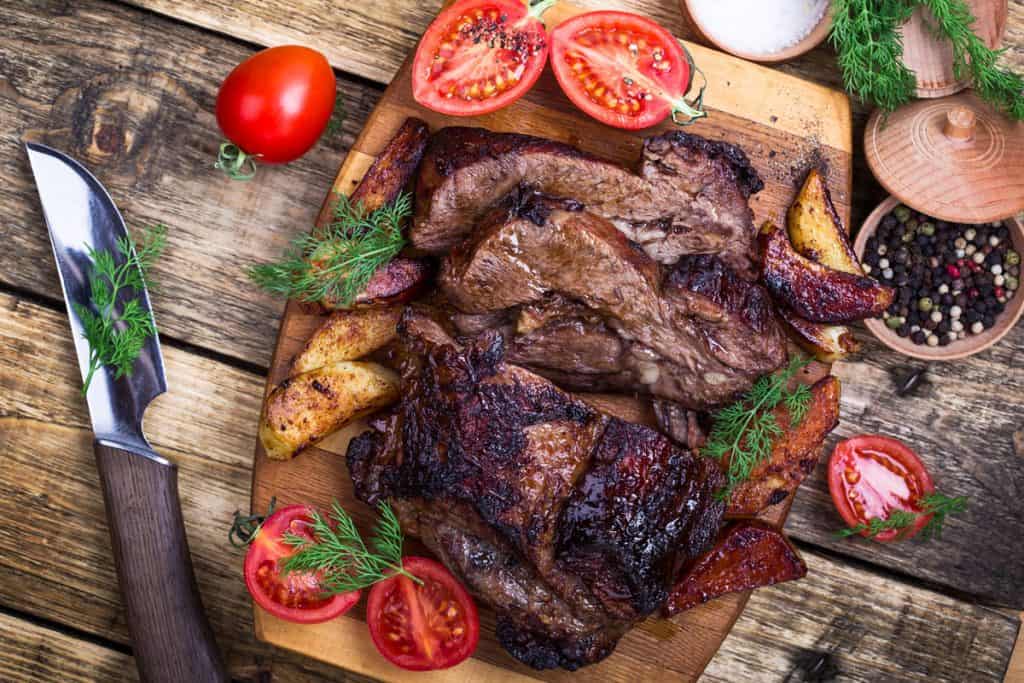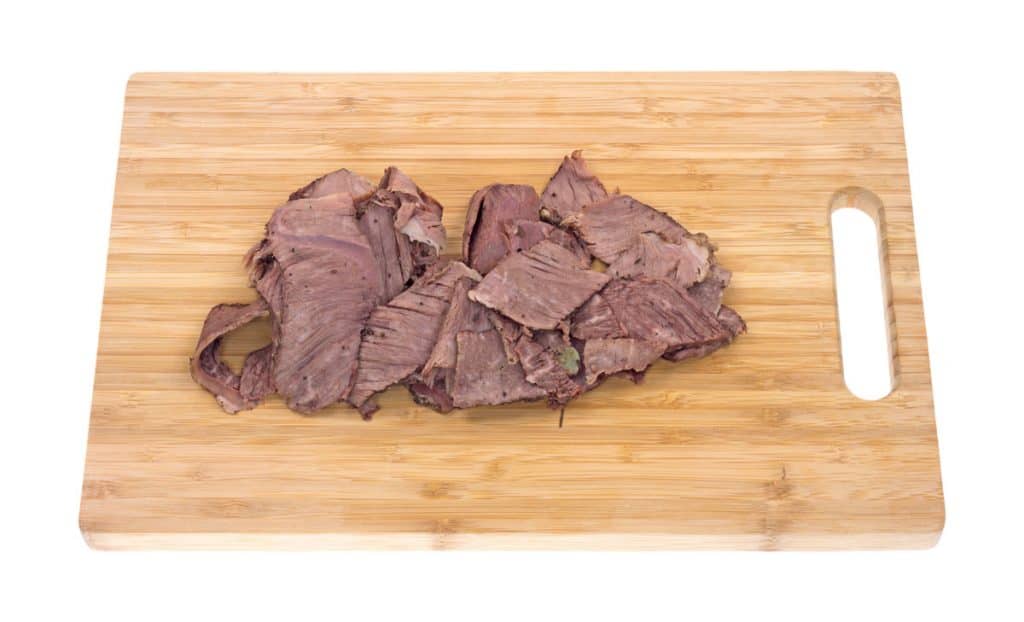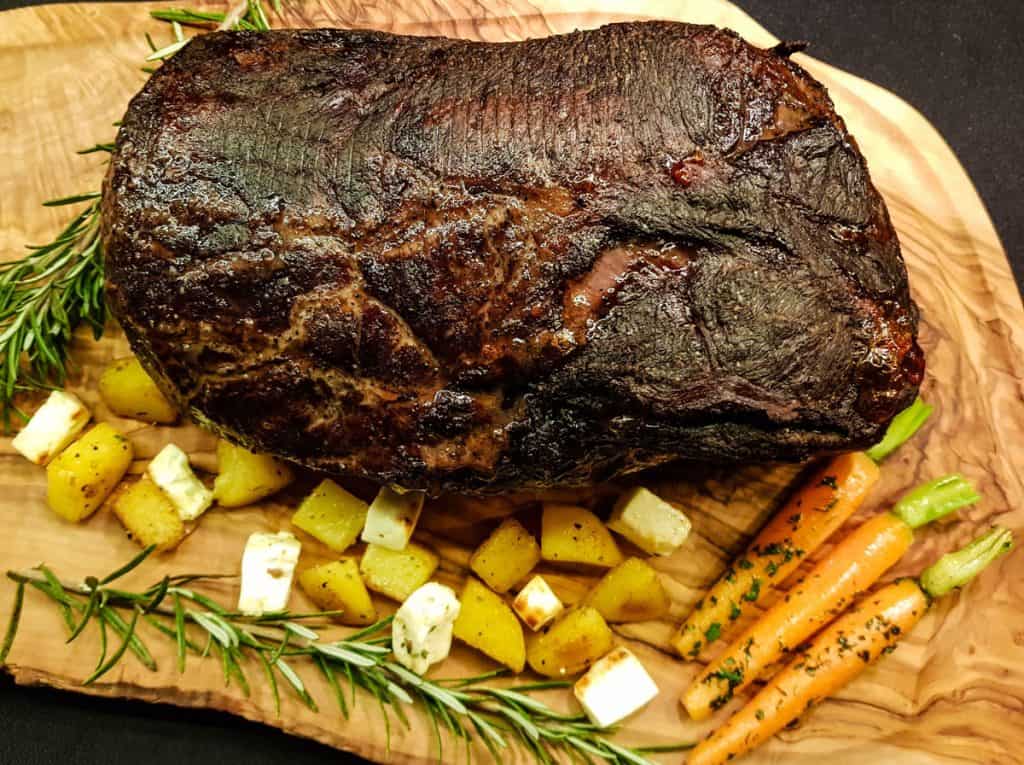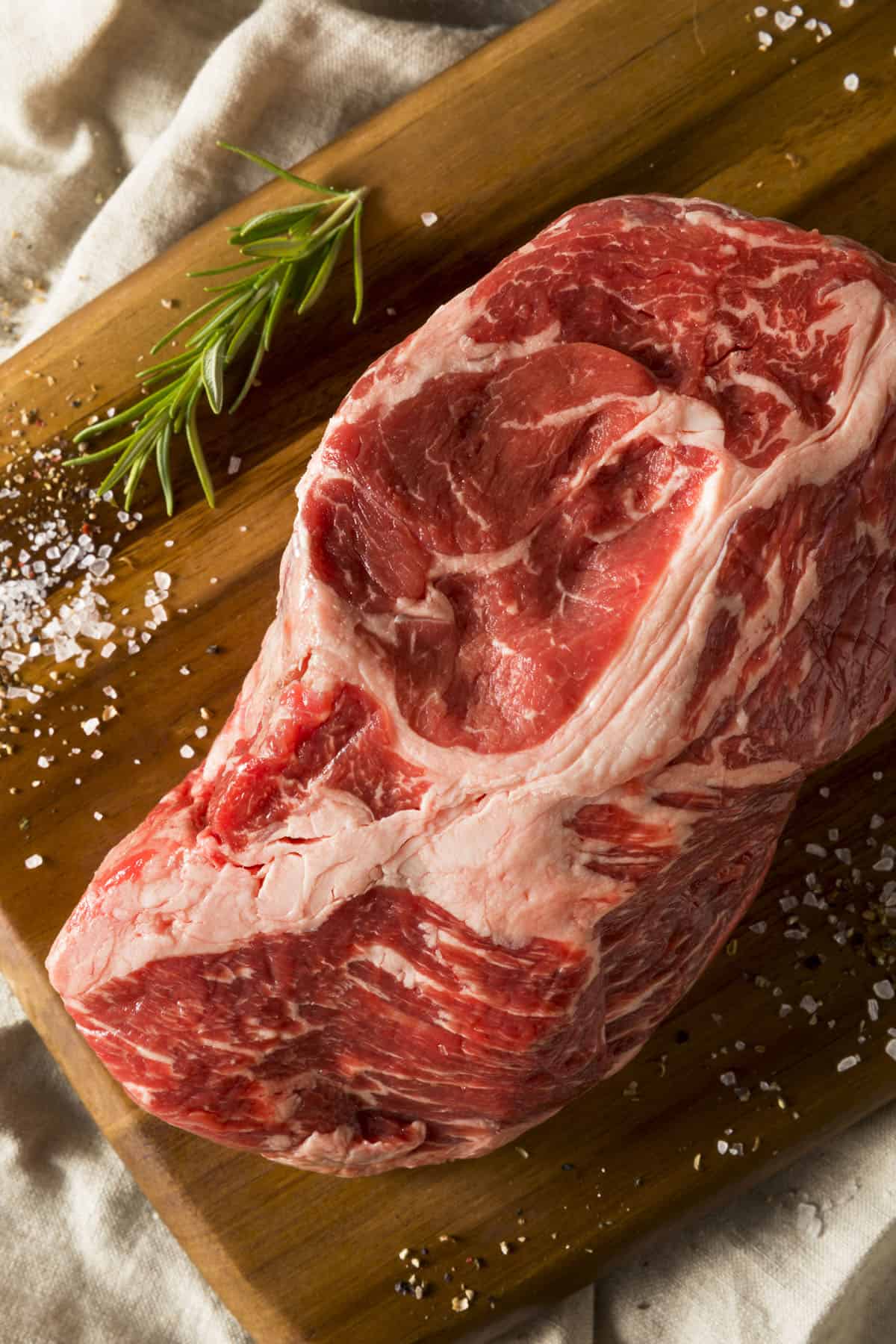Is a Beef Shoulder Cut Good
Carnivores like us prefer to learn all that we can about as many different cuts of meat as possible. That way, we're more likely to help them live up to their fullest potential. If you're wondering about the difference between shoulder roast vs chuck roast, this guide should help to steer you (pun intended) in the right direction.
Shoulder Roast vs Chuck Roast
Shoulder roast and chuck roast both come from the shoulder section of the animal, but they're two different cuts. The shoulder is leaner and more tender than the chuck, which is often ground into hamburger due to its high fat content. Chuck meat shreds well, while the shoulder roast is easier to carve into slices.
About Beef Roasts
Roasts can be cut from various parts of the steer. Some come from the chuck (also known as the shoulder) region, while others are cut from the rib and loin areas. The round, or the butt and back leg region, is also a popular choice. And of course, all pit masters are familiar with the brisket, located just beneath the steer's front shoulders.
As a general rule, the parts of the animal that see the most action will yield tougher meat. That's because they contain more muscle and connective tissue than low-traffic areas like the rib and loin. Roasts from the front end also tend to be fattier than rump or loin roasts.

The chuck, or shoulder, is a primal cut of beef. That means it's one of the eight portions of beef that are separated from the steer during the initial butchering process. Since chuck roast and shoulder roast are cut from this original portion, they fall under the category of sub-primal cuts.
So, if the chuck and the shoulder are the same thing, does that mean that chuck roast and shoulder roast are interchangeable? Strangely enough, the answer is no. Let's take a closer look at the differences.
About Chuck Roast

As we mentioned, the chuck is indeed cut from the shoulder section of the steer. That means it has a ton of beefy flavor, but also an abundance of well-worked muscles that can toughen up the meat. For this reason, it's best suited to low-and-slow cooking applications like braising. The long exposure to low heat will help to break down the connective tissue and render the fat.
Chuck roasts are fattier than brisket or round roasts, but the trade-off is a richer flavor that lends itself well to many braising or roasting recipes. The shoulder muscles tend to crisscross in places, which means that the meat is difficult to carve into thin slices. This is another reason why many chefs choose to shred the meat instead.
Due to the high fat content, butchers will often grind the chuck for hamburger meat. When the roasts are left whole, they're ideal for comfort food dishes such as pot roast. You can also cube the meat and use it to make an excellent beef stew.
We would recommend marinating chuck roasts for at least a day to further tenderize the meat. The marinade will also provide a flavor boost, although chuck doesn't really need much help in that regard.
Because it's so inexpensive, chuck roast is sometimes labeled the "poor man's brisket" in grilling circles. Take a look at this video demonstration to learn more.
Tip: Roasts labeled Boston Cut, Cross Cut, or English Roast were all cut from the chuck section of the steer as well.
About Shoulder Roast

Even though the shoulder roast comes from the same general area, the meat is leaner and more tender than chuck roast. In fact, steaks cut from the shoulder roast can often go straight from the refrigerator to the grill, with no marinade or special preparation required.
Popular cuts from the shoulder include flat iron (or top blade) steak and the shoulder petite tender steak. Flat iron is popular and cooks quickly over high heat, but it requires close attention–the meat becomes tough when overcooked. Shoulder petite tender is sometimes labeled "bistro steak" on restaurant menus. The texture is similar to that of a filet mignon, but it's a bit more toothsome–it won't melt in your mouth the way tenderloin will. It's also more flavorful, which is why it's such a popular choice for chefs.
If you're dealing with a whole shoulder roast, it's still a good idea to cook it for a long time at a low temperature. It may lack the high fat content of the chuck, but the lean meat needs to be cooked slowly, or it will become too dry.
Also, bear in mind that the meat from a shoulder roast won't shred the way a chuck roast will. That's fine if you're planning on carving the meat into slices, but if you were looking for that "pulled" texture in order to make barbecued beef sandwiches, chuck roast would be a better choice.
Which One to Choose, Shoulder Roast or Chuck Roast?
Now that you've learned the basic differences between shoulder roast and chuck roast, the question remains: Which one should you choose?
The answer comes down to what kind of meal you would prefer and how much time you have to prepare it. If you're looking for a rich, hearty stew, or a pot roast alongside tender root vegetables, then a chuck roast is the way to go. Just remember that the meat will require hours of cooking time in order to achieve the proper texture.
Conversely, if you don't mind sacrificing a bit of beef flavor for leaner meat and the opportunity to eat sooner, a shoulder roast is in order. This cut isn't ideal for pot roast-style recipes, because the meat doesn't have enough fat to act as a natural basting liquid during the long, slow cooking process.
In Conclusion
When we first set out to wage the battle of shoulder roast vs chuck roast, we were sure there would be a definitive answer. After all, despite being sub-primal cuts from the same region, the two are markedly different. Still, we aren't concerned about not being able to choose a favorite. We'll just have to keep coming up with innovative ways to enjoy each cut on its own merits, without comparing the two.
Best of luck, and happy grilling!

Source: https://bbqhost.com/shoulder-roast-vs-chuck-roast/
0 Response to "Is a Beef Shoulder Cut Good"
Post a Comment